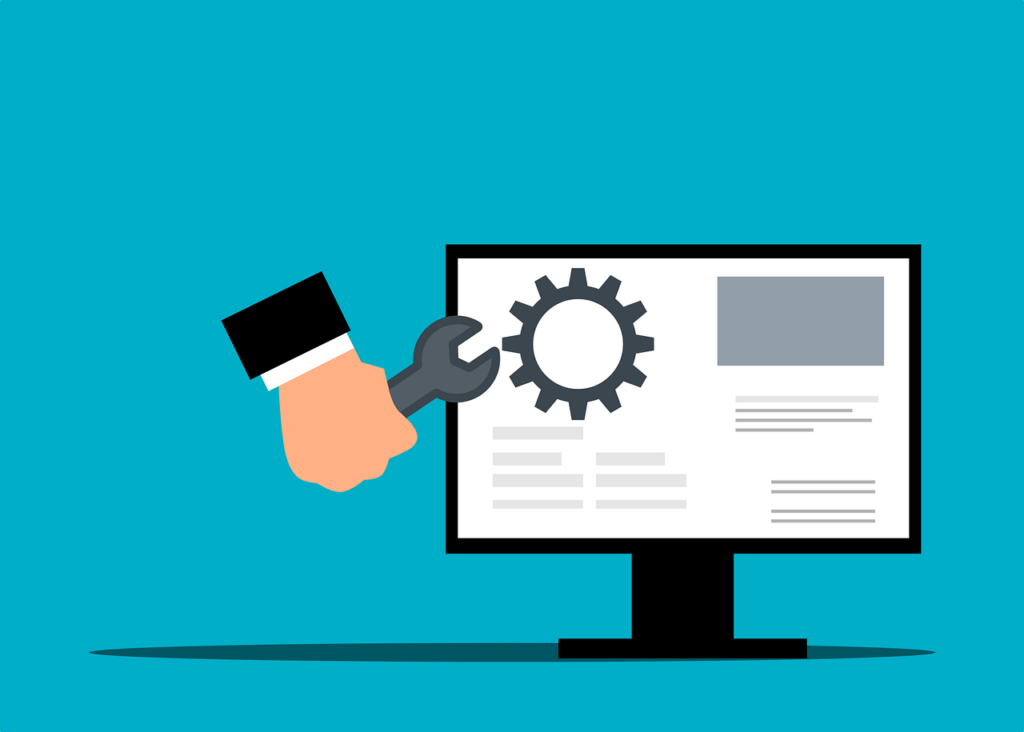Two decades ago, software was a preserve of big tech, and no one thought it would turn out to be anything like it is today. Today there are countless options for software for almost every activity you can think of.
According to statistics, the software industry will be worth $737 billion in 2023. With such high figures, this field is quite competitive, creating the need for unique designs to help a developer stand out.
As a result, registering for industrial design rights is always on the mind of every software developer.

But What Are Industrial Design Rights?
Industrial design refers to the aesthetics of an item, such as shape, contour, texture, patterns, etc. Creating unique product designs can be time and money intensive, and you do not want to have another profit from your hard work.
Luckily you can keep others from profiting off your designs by registering them as part of your intellectual properties.
A unique design also ensures that your products stand out from the competition and are easily recognizable by potential customers. According to a study by CIPO, firms that invest in creating and registering unique designs have a 16% higher revenue per employee than those that do not.
If you want to get a deeper understanding of industrial design rights, HeerLaw explains it in detail, so you may want to check out their website.
Industrial Design Rights Application for Software Designs
IP laws existed long before software became a thing. As a result, laws in many jurisdictions never envisioned a situation where digital assets or products would require industrial design protections. However, different countries, including Canada, have had to amend their IP laws to include software designs under the industrial design bracket.
Some aspects of the software that may qualify for protection under industrial design rights include its graphic user interfaces, graphical symbols, and screen layouts. It’s important to understand that this protection only covers the visual aspects of the software. If you wish to get protection for the functional aspects of the software, you should consider patent protection.
What Is a Patent
A patent is a legal document granting an inventor or their exclusive organization rights to an invention or process for a limited period. Governments grant patents upon registration and give inventors the exclusive right to profit from their creations. However, the inventor can sell their patent rights to other organizations.
An invention must be first in the world, helpful, and non-obvious to be eligible for patent registration. Additionally, the invention must be described in detail in the patent application and must be able to be reproduced or used in some way. Finally, the invention must be in a field of technology that is eligible for patent protection.
Due to the limitation of IP laws regarding software and other digital assets, software patentability is unclear. The reason for the confusion is the fact that the lines of code used to create the software are not patentable.
As a result, many people get the impression that software solutions are not patentable. However, code and the functional aspects of the software are two distinct things, with the latter being patentable.
Other IP Protections for Your Software Design
Industrial designs and patents run for a limited period. In Canada, industrial design protections lapse after ten years, while patents expire after 20 years, leaving you vulnerable to copycats. Thankfully other protections, such as copyright and trademark, can help ensure that you retain significant control of your creations for a lifetime and beyond.
Copyright protections cover all original works of art such as drawings, songs, videos, poems, books, computer programs, android and IOS apps, and webpages. They apply by default to the software creator, but registering them helps make enforcement much easier. In Canada, copyright protections last for the creator’s lifetime and 50 years after their passing.
Trademarks are also essential IP rights that apply to your software design. It covers software identifiers such as names, logos, graphics, slogans, and any visual aspect that distinguishes your product from its competition. Trademarks last for ten years, renewable upon the payment of renewal fees.
